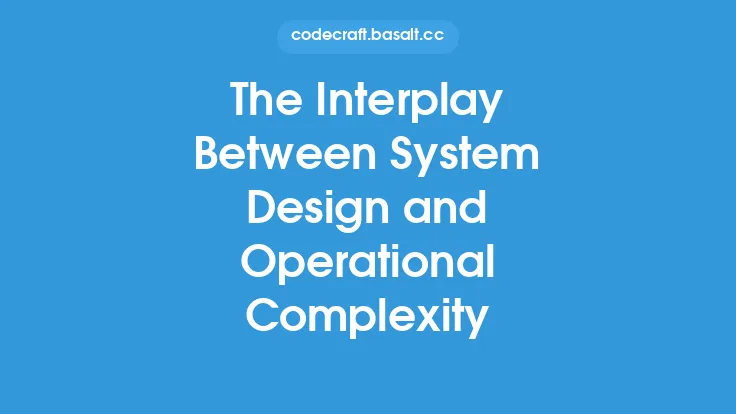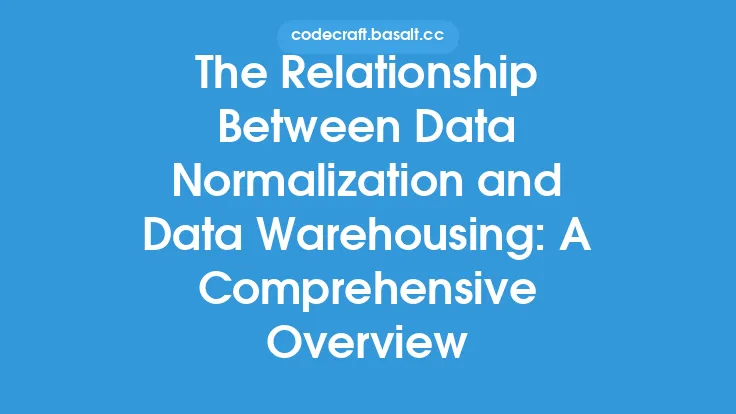The effective management and utilization of knowledge in artificial intelligence (AI) systems rely heavily on two fundamental components: knowledge representation and data storage. Knowledge representation refers to the ways in which knowledge is encoded, structured, and organized within a system, while data storage pertains to the methods and technologies used to store and manage the data that underlies this knowledge. The interplay between these two components is crucial, as it determines the efficiency, scalability, and overall performance of AI systems.
Knowledge Representation Fundamentals
Knowledge representation is a subfield of artificial intelligence that focuses on the development of formalisms, languages, and techniques for representing knowledge in a machine-interpretable form. This involves the creation of models, ontologies, and other knowledge structures that can be used to capture, organize, and reason about complex domains of knowledge. The choice of knowledge representation formalism can significantly impact the performance and capabilities of an AI system, as it determines the types of knowledge that can be represented, the level of expressiveness and granularity, and the ease of reasoning and inference.
Data Storage Technologies
Data storage technologies play a critical role in the implementation of AI systems, as they provide the infrastructure for storing, managing, and retrieving the vast amounts of data that underlie knowledge representation. Traditional data storage technologies, such as relational databases and file systems, are often insufficient for AI applications, which require more flexible, scalable, and expressive data models. In response, a range of specialized data storage technologies has emerged, including NoSQL databases, graph databases, and cloud-based storage solutions. These technologies offer improved support for complex data structures, high-performance querying, and distributed data management.
The Interplay Between Knowledge Representation and Data Storage
The interplay between knowledge representation and data storage is complex and multifaceted. On one hand, knowledge representation formalisms impose specific requirements on data storage technologies, such as the need for flexible data models, efficient querying, and scalable storage. On the other hand, data storage technologies can constrain or enable the choice of knowledge representation formalism, depending on their capabilities and limitations. For example, a knowledge representation formalism that relies heavily on graph-based structures may require a graph database for efficient storage and querying, while a formalism that uses probabilistic models may benefit from a cloud-based storage solution that supports distributed computing.
Implications for AI System Design
The interplay between knowledge representation and data storage has significant implications for the design of AI systems. AI system designers must carefully consider the trade-offs between different knowledge representation formalisms and data storage technologies, taking into account factors such as expressiveness, scalability, and performance. They must also ensure that the chosen knowledge representation formalism is compatible with the selected data storage technology, and that the overall system architecture is optimized for efficient knowledge management and reasoning. Furthermore, AI system designers must be aware of the potential limitations and constraints imposed by the chosen data storage technology, and design the system accordingly.
Technical Considerations
From a technical perspective, the interplay between knowledge representation and data storage involves a range of complex issues, including data modeling, querying, and indexing. Knowledge representation formalisms often require specialized data models that can capture complex relationships and structures, such as graph-based or probabilistic models. Data storage technologies must be able to support these data models, while also providing efficient querying and indexing mechanisms to enable fast knowledge retrieval and reasoning. Additionally, AI systems often require support for distributed data management, parallel processing, and cloud-based computing, which can further complicate the interplay between knowledge representation and data storage.
Future Directions
The interplay between knowledge representation and data storage is an active area of research, with significant opportunities for innovation and advancement. Future directions include the development of more expressive and flexible knowledge representation formalisms, the creation of specialized data storage technologies tailored to AI applications, and the integration of knowledge representation and data storage with other AI technologies, such as machine learning and natural language processing. Additionally, the increasing availability of large-scale datasets and computing resources is driving the development of more sophisticated AI systems, which will require even more advanced knowledge representation and data storage capabilities.
Conclusion
In conclusion, the interplay between knowledge representation and data storage is a critical aspect of artificial intelligence system design, with significant implications for the efficiency, scalability, and performance of AI systems. By understanding the complex relationships between knowledge representation formalisms and data storage technologies, AI system designers can create more effective and powerful systems that can capture, organize, and reason about complex domains of knowledge. As AI technology continues to evolve, the interplay between knowledge representation and data storage will remain a vital area of research and innovation, driving the development of more advanced and capable AI systems.





